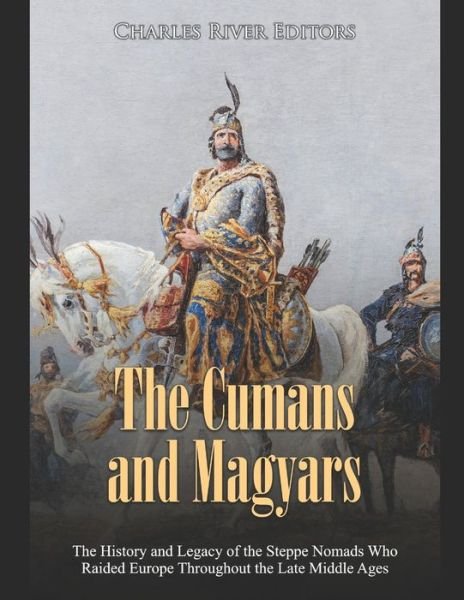
Faites connaître cet article à vos amis:
The Cumans and Magyars
Charles River Editors
The Cumans and Magyars
Charles River Editors
*Includes pictures
*Includes excerpts of contemporaneous accounts
*includes a bibliography for further reading
Before the Mongols rode across the steppes of Asia and Eastern Europe, the Cumans were a major military and cultural force that monarchs from China to Hungary and from Russia to the Byzantine Empire faced, often losing armies and cities in the process. The Cumans were a tribe of Turkic nomads who rode the steppes looking for plunder and riches, but they rarely stayed long after they got what they wanted.
From the late 9th century until the arrival of the Mongols in 1223, there was virtually nothing that could be done to stop the Cumans. Old Russian chronicles, Byzantine texts, Western European chronicles, and travel diaries of Islamic scholars all reveal that the Cumans were a threat to any kingdom in their path. Some kingdoms chose to fight the Cumans and often suffered heavy destruction, while others believed buying them off was the more reasonable course of action. The latter course often brought them into intimate contact with the most powerful kingdoms of medieval Eastern Europe before the Cumans were eventually replaced by the Mongols, with the remaining Cumans dispersing and integrating into various European and central Asian kingdoms in the 13th century. Many Cumans joined the Mongol Golden Horde and later became Muslims, while some helped found dynasties in Bulgaria, Hungary, and Romania.
The Cumans came from somewhat mysterious origins before they became the western vanguard of a massive nomadic horde that grew in ferocity and effectiveness as the centuries passed, but they were far more than mindless barbarians interested in violence alone. Although violence did play a major role in early Cuman culture, sources reveal they were also interested in diplomacy and eventually integrated with their sedentary neighbors. Archaeological discoveries further indicate that their culture was unique, complete with mythology and some art, but in the end, the Cumans disappeared as quickly as they appeared on the historical scene, much like other nomadic peoples before and after them.
Of all the steppe peoples in the medieval period, perhaps none were more important to European history than the Magyars. Like the Huns and Avars before them and the Cumans and Mongols after them, the Magyars burst into Europe as a destructive, unstoppable horde, taking whatever they wanted and leaving a steady stream of misery in their wake. They used much of the same tactics as the other steppe peoples and lived a similar, nomadic lifestyle. The Magyars also had many early cultural affinities with other steppe peoples, following a similar religion and ideas of kingship and nobility, among other things.
That said, as similar as the Magyars may have been to other steppe nomads before and after them, they were noticeably different in one way: the Magyars settled down and became a part of Europe and Western Civilization in the Middle Ages. The Magyars exploded onto the European cultural scene in the late 9th century as foreign marauders, but they made alliances with many important kingdoms in less than a century and established their own dynasty in the area, roughly equivalent to the modern nation-state of Hungary. After establishing themselves as a legitimate dynasty among their European peers, the Magyars formed a sort of cultural bridge between the Roman Catholic kingdoms of Western Europe and the Orthodox Christian kingdoms of Eastern Europe. Ultimately, the Magyars chose the Roman Catholic Church, thereby becoming a part of the West and tying their fate to it for the remainder of the Middle Ages.
The Cumans and Magyars: The History and Legacy of the Steppe Nomads Who Raided Europe Throughout the Late Middle Ages examines how the Cumans and Magyars became influential players in the region, and the influence they had.
| Médias | Livres Paperback Book (Livre avec couverture souple et dos collé) |
| Validé | 8 avril 2020 |
| ISBN13 | 9798635405123 |
| Éditeurs | Independently Published |
| Pages | 72 |
| Dimensions | 216 × 280 × 4 mm · 190 g |
| Langue et grammaire | English |
Plus par Charles River Editors
D'autres ont aussi acheté
Voir tous les Charles River Editors ( par ex. Paperback Book et Book )




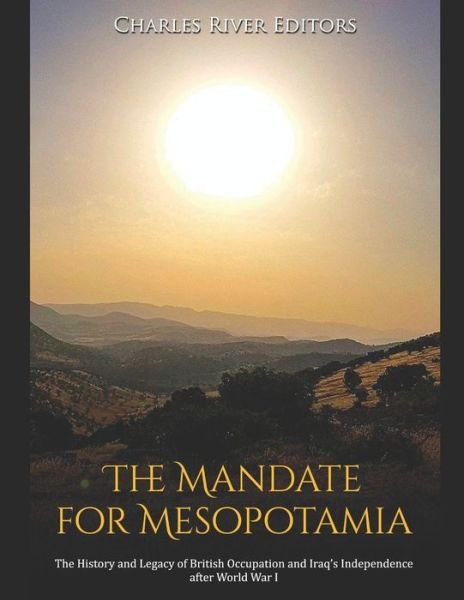
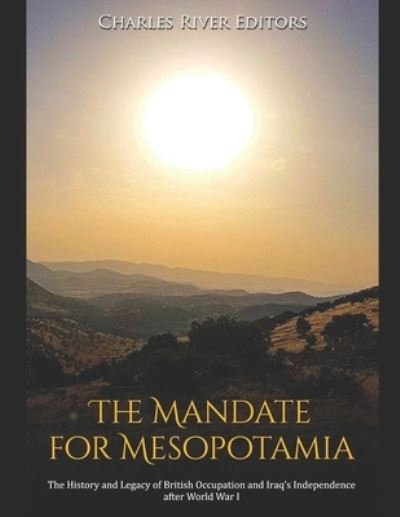




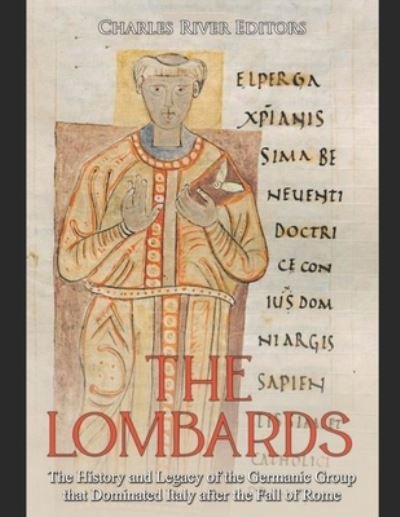









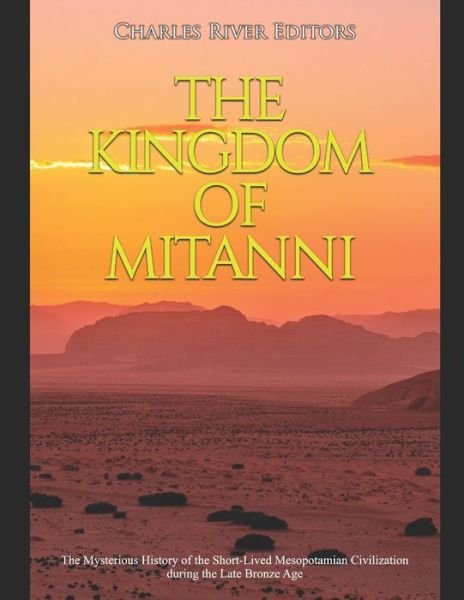
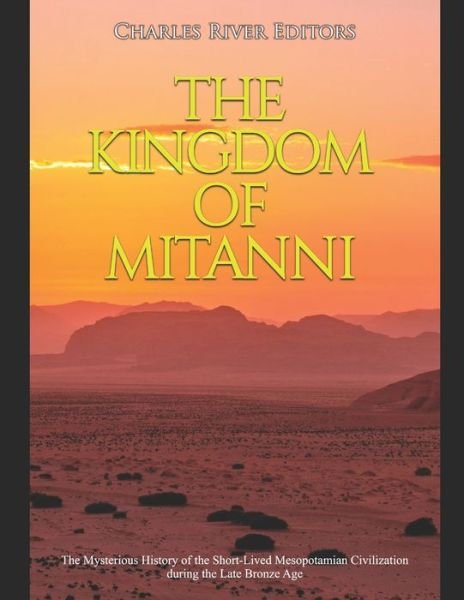



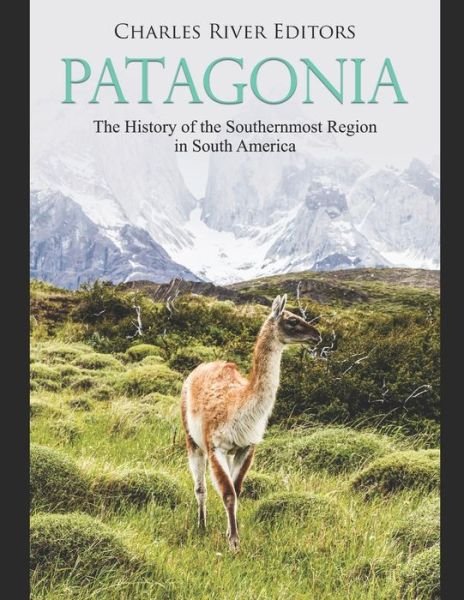


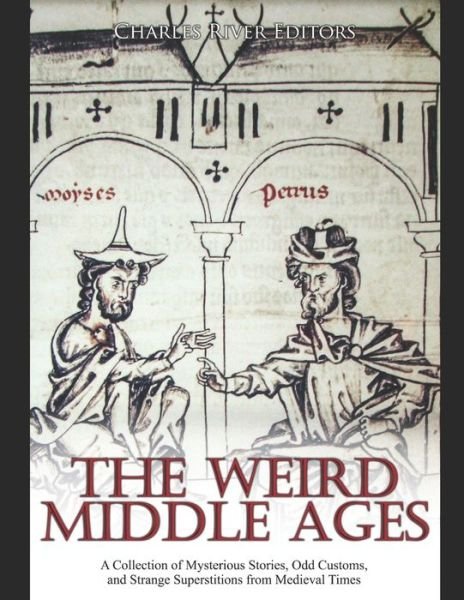
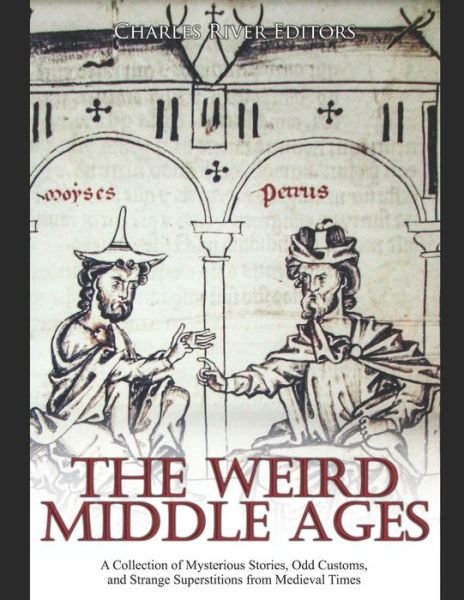
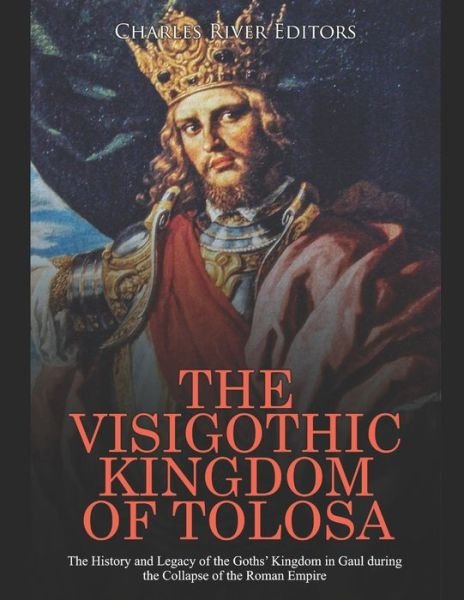
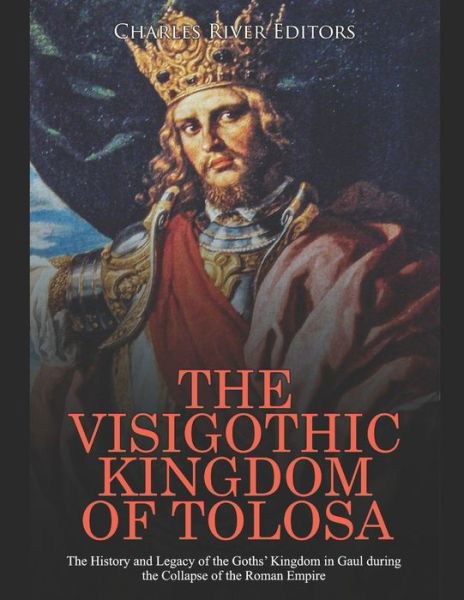




![Cover for Charles Dickens · Den hjemsøgte mand og åndens tilbud (Nyillustreret) (Bound Book) [1er édition] (2022)](https://imusic.b-cdn.net/images/item/original/123/9788772048123.jpg?charles-dickens-2022-den-hjemsoegte-mand-og-aandens-tilbud-nyillustreret-bound-book&class=scaled&v=1654049104)
![Cover for Tine Wøbbe · Kort & godt: Kort & godt om PSYKOPATI (Sewn Spine Book) [1er édition] (2024)](https://imusic.b-cdn.net/images/item/original/916/9788771586916.jpg?tine-woebbe-2024-kort-godt-kort-godt-om-psykopati-sewn-spine-book&class=scaled&v=1713200056)
![Cover for Linda Lehun · Musikbogen (Paperback Book) [1er édition] (2016)](https://imusic.b-cdn.net/images/item/original/063/9788759891063.jpg?linda-lehun-2016-musikbogen-paperback-book&class=scaled&v=1486719785)
![Cover for Dian Hanson · The New Erotic Photography - Bibliotheca Universalis (Hardcover Book) [Multilingual edition] (2017)](https://imusic.b-cdn.net/images/item/original/715/9783836526715.jpg?dian-hanson-2017-the-new-erotic-photography-bibliotheca-universalis-hardcover-book&class=scaled&v=1490369714)





![Cover for Jesper Wung-Sung · To ryk og en aflevering (Sewn Spine Book) [3e édition] (2009)](https://imusic.b-cdn.net/images/item/original/996/9788763811996.jpg?jesper-wung-sung-2009-to-ryk-og-en-aflevering-sewn-spine-book&class=scaled&v=1341784896)

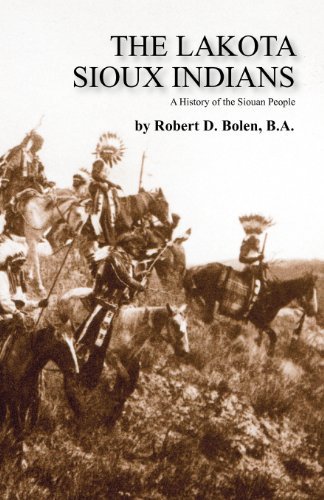

![Cover for Jon Speelman · Modern Defence (Paperback Book) [1st edition] (2000)](https://imusic.b-cdn.net/images/item/original/816/9781857442816.jpg?jon-speelman-2000-modern-defence-paperback-book&class=scaled&v=1409611116)
